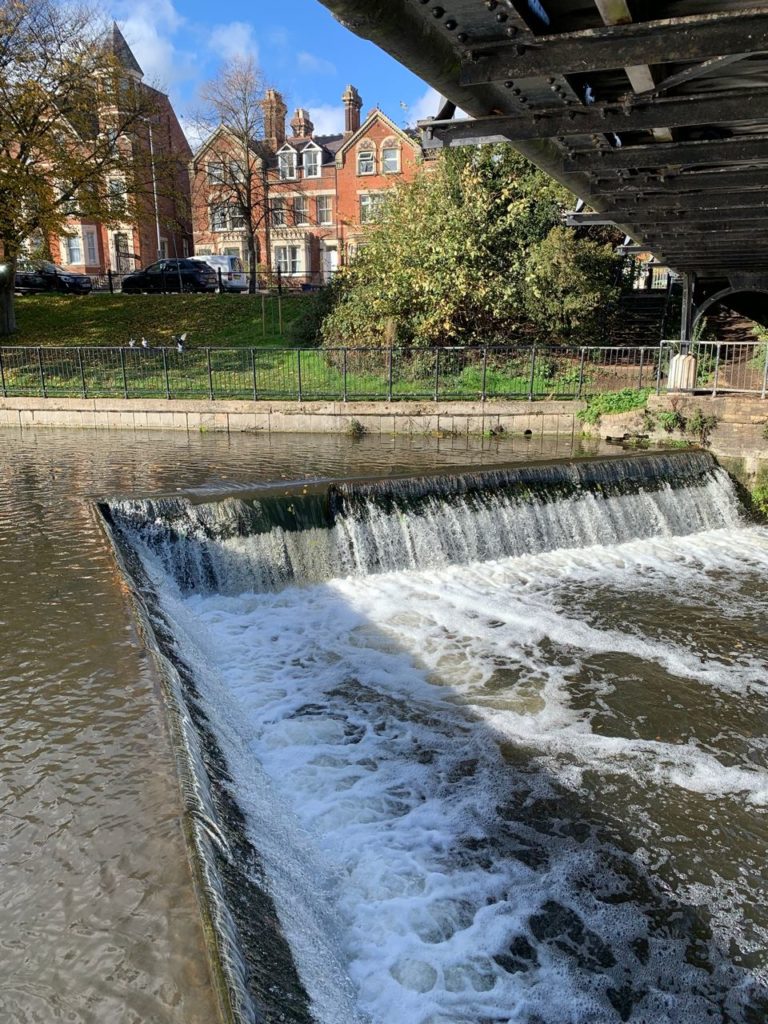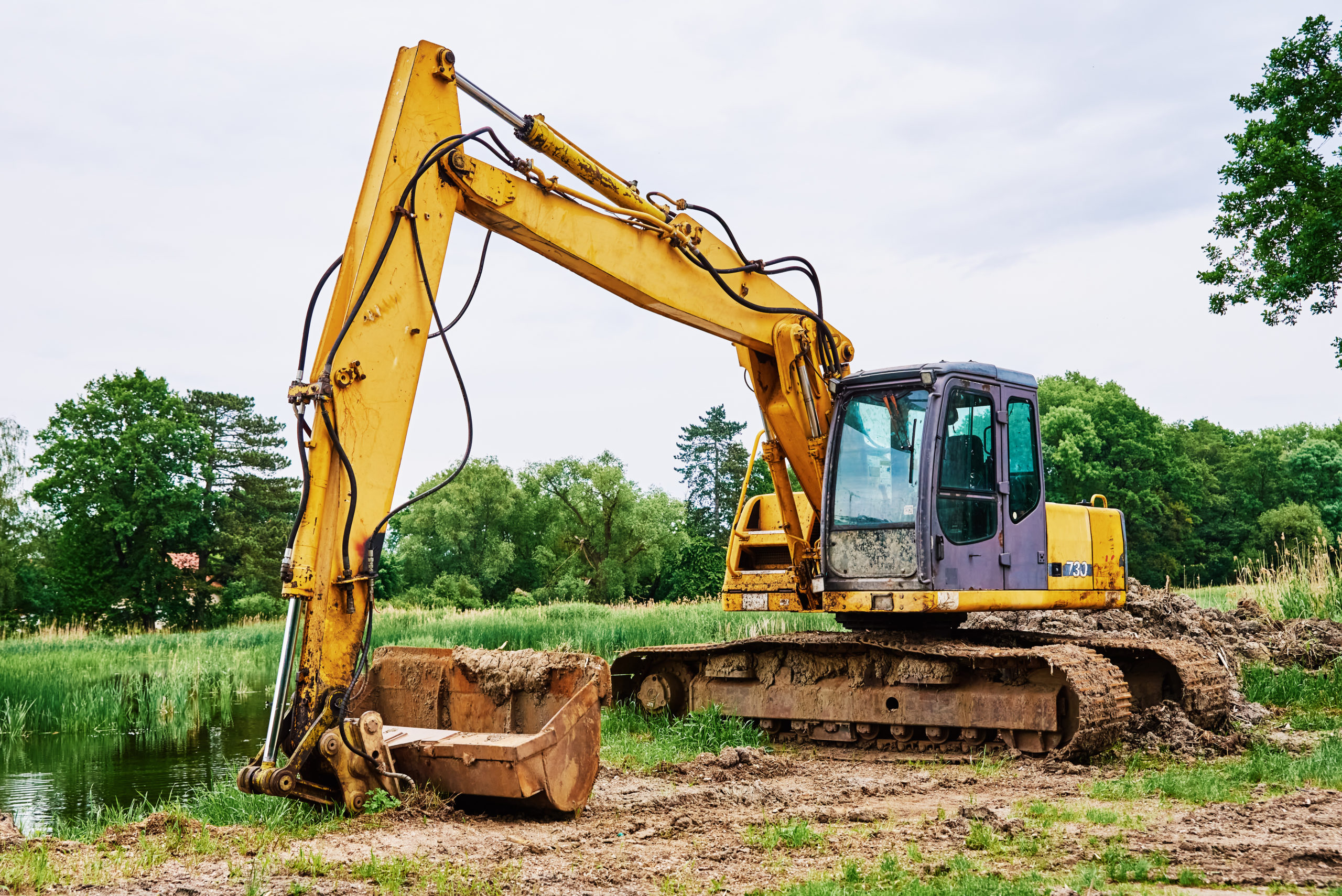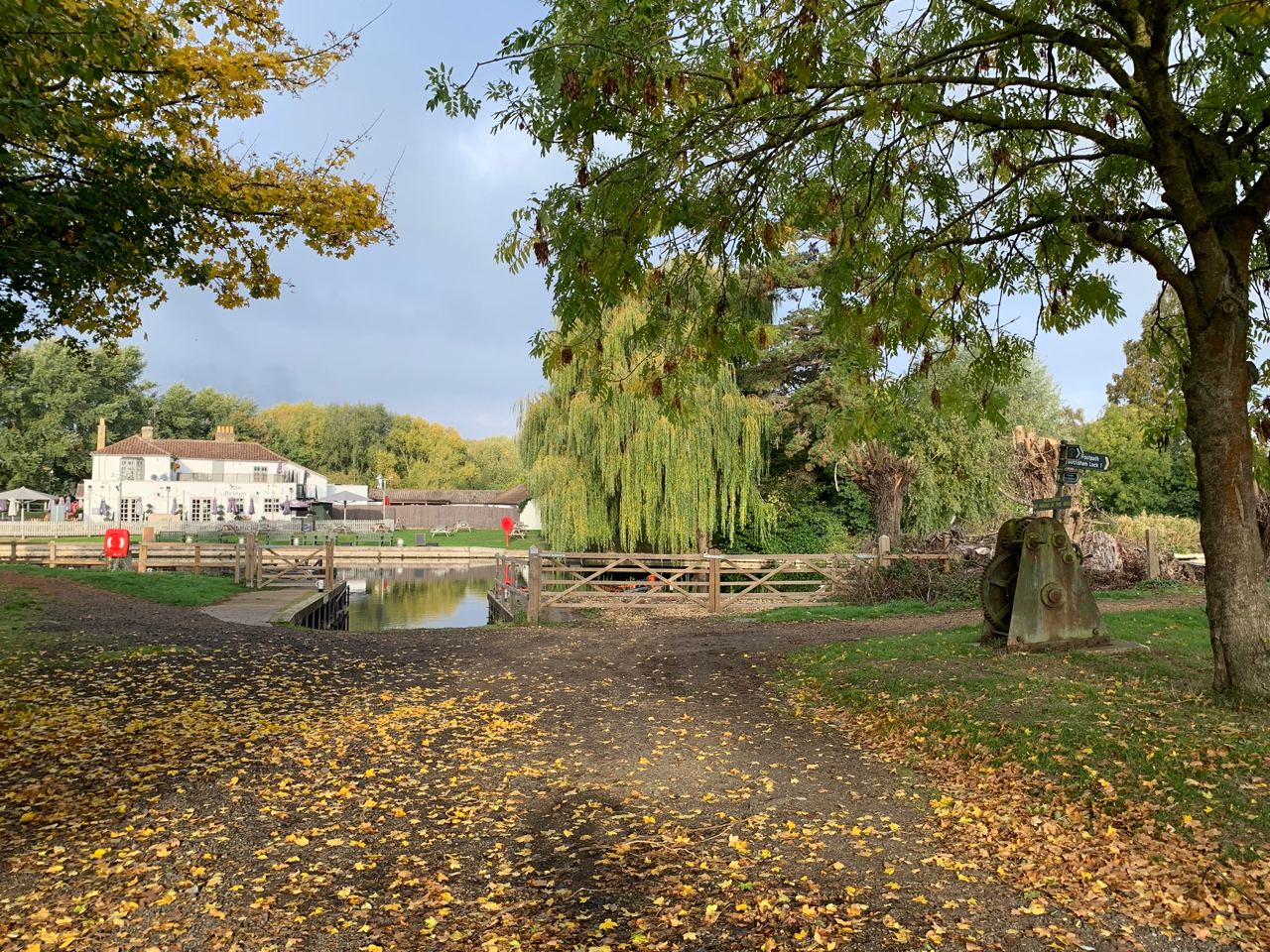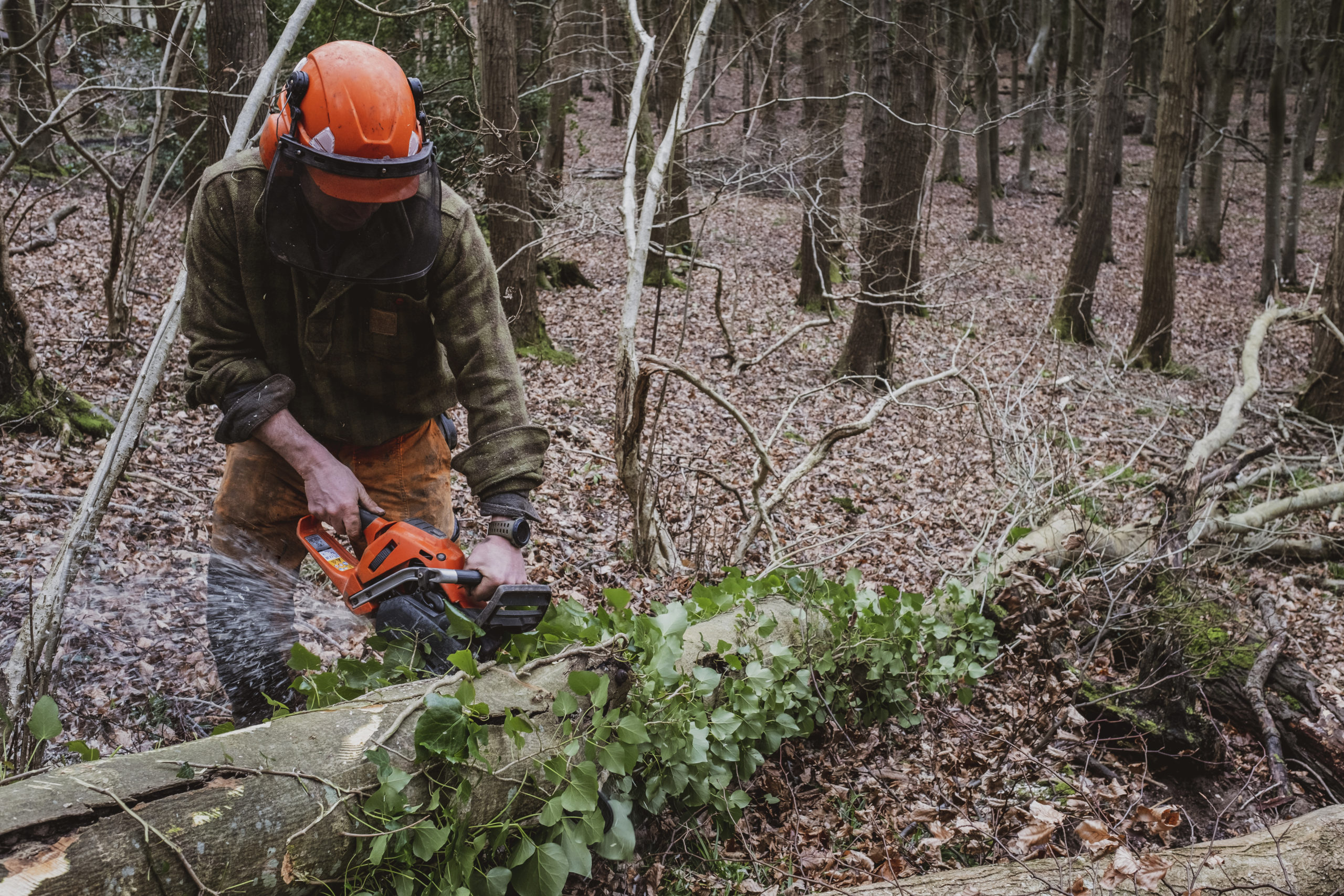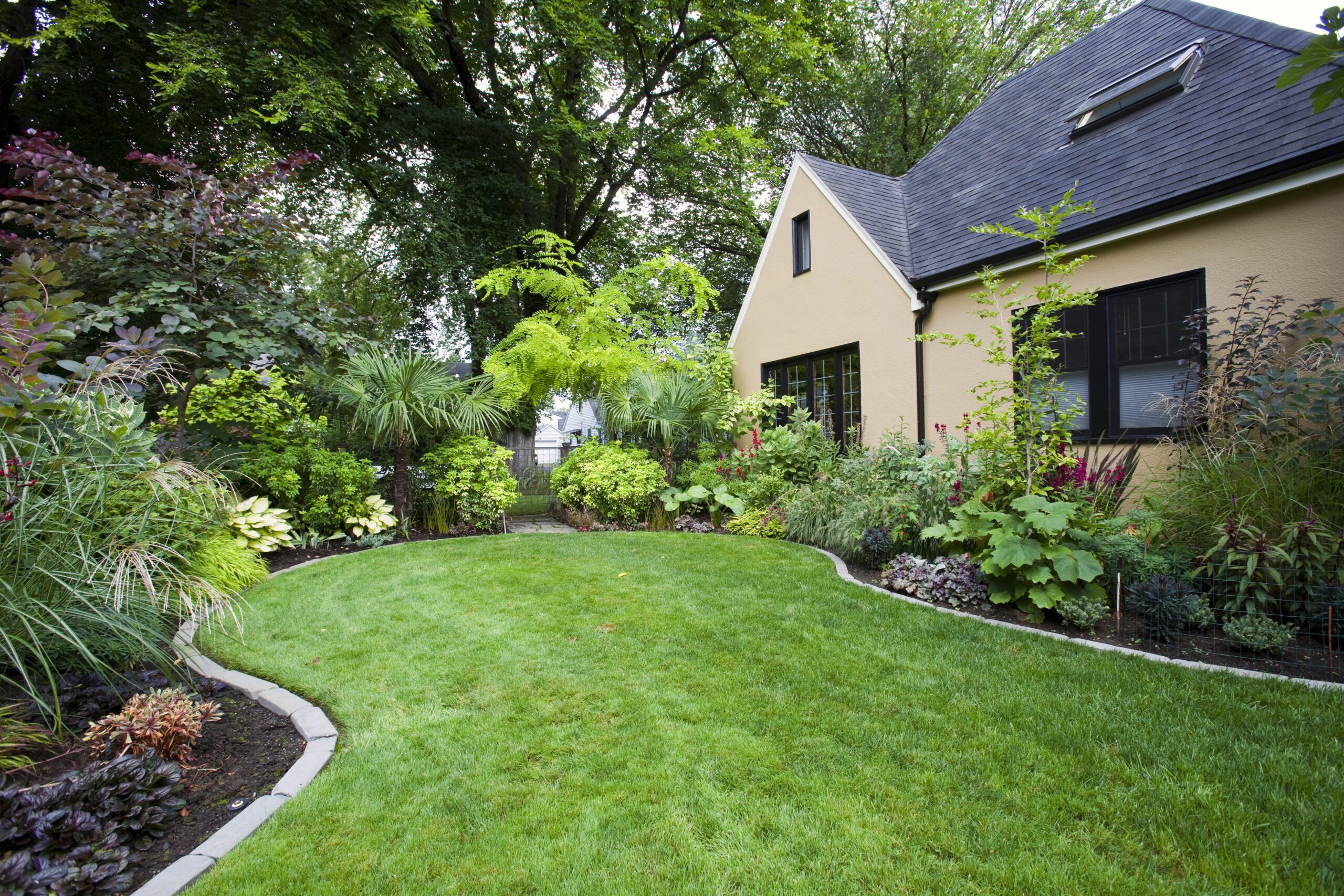River weirs are structures built across rivers to regulate water flow, depth and velocity. They are typically made of concrete, stone, or wood and are designed to create a change in the water level upstream of the structure. This change can be used for a variety of purposes, such as water supply, hydroelectric power generation, and flood control.
Weirs can also be used to control the migration of fish by creating a fish ladder, allowing fish to swim upstream to spawn. Additionally, they can help improve water quality by reducing sedimentation and allowing for greater aeration of the water.
While river weirs can have numerous benefits, they can also have negative impacts on the ecosystem, including altering the natural flow regime and disrupting fish habitats. Careful consideration and planning is necessary when constructing river weirs to ensure the benefits outweigh the potential risks.
River weirs will regularly become clogged with branches and general waste. We have a specialise in these types of works, using dedicated machinery which enables us to operate efficiently.
The weir at Jesus Green on the River Cam was cleared of any obstructions.
